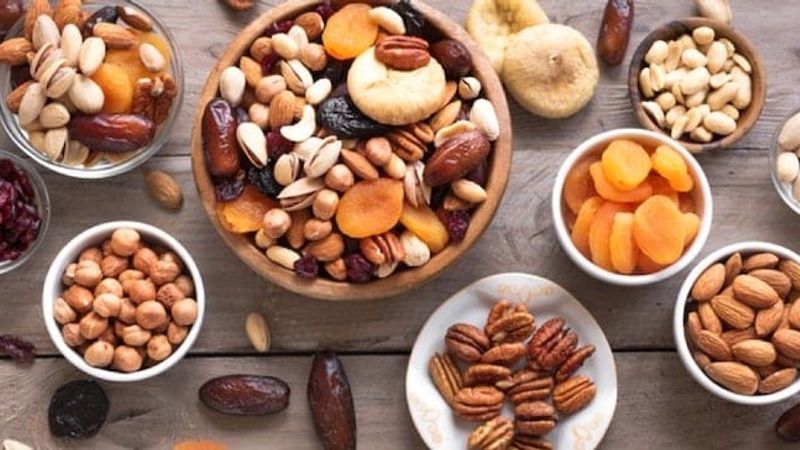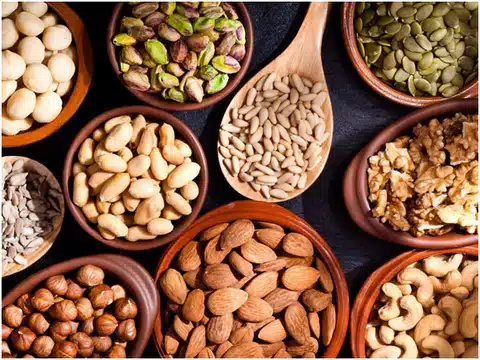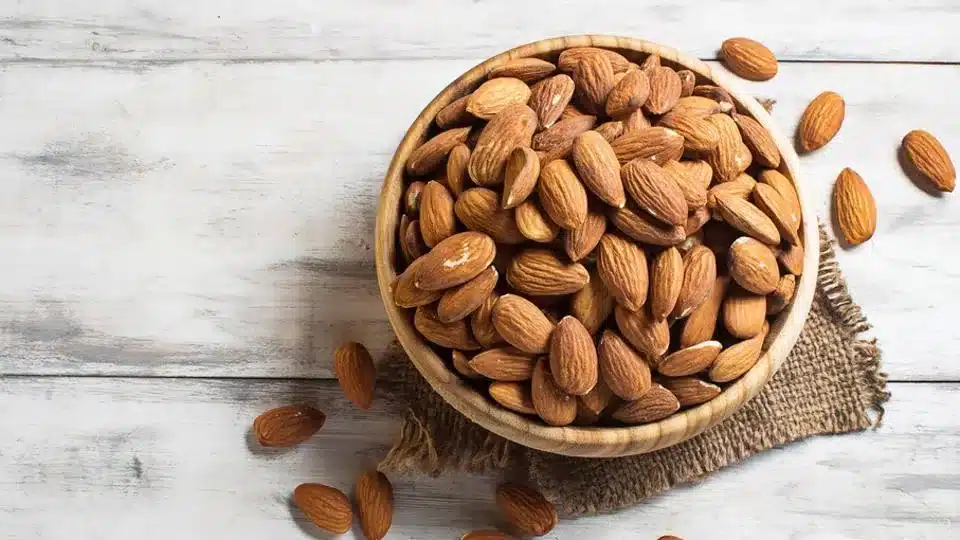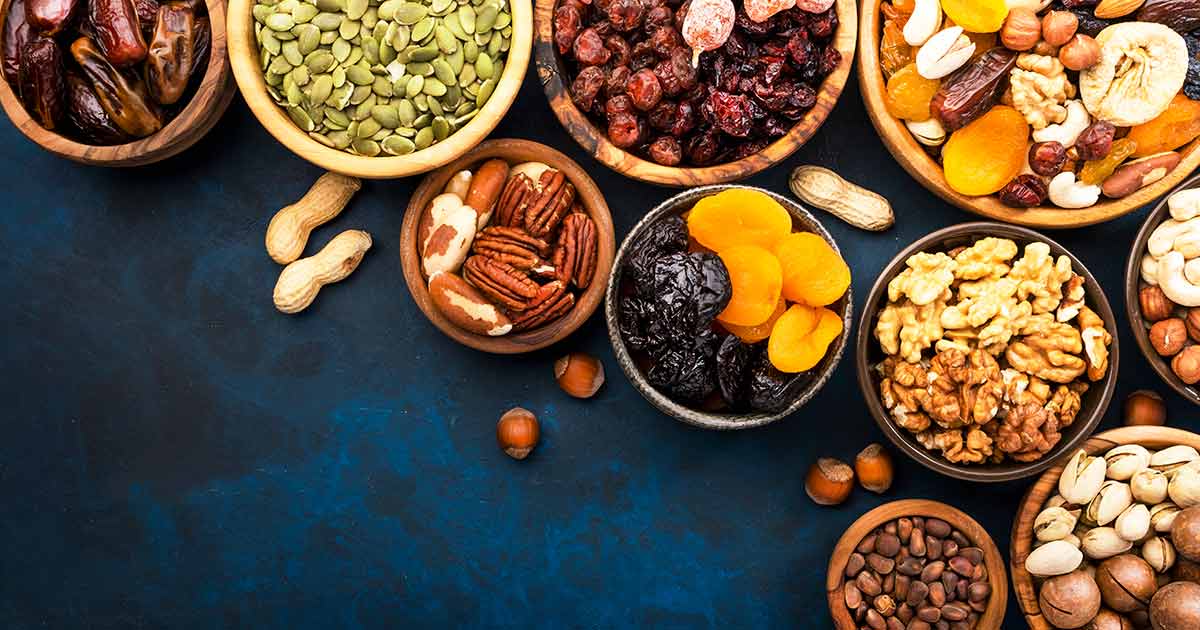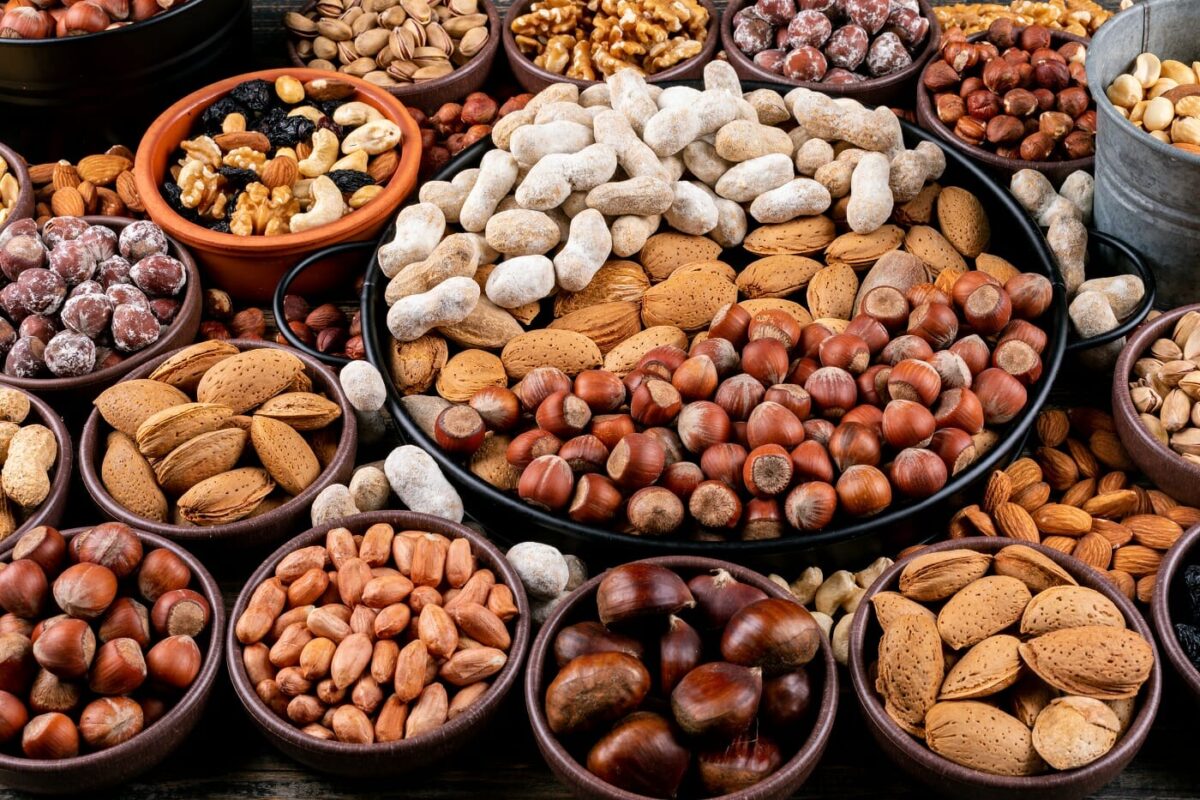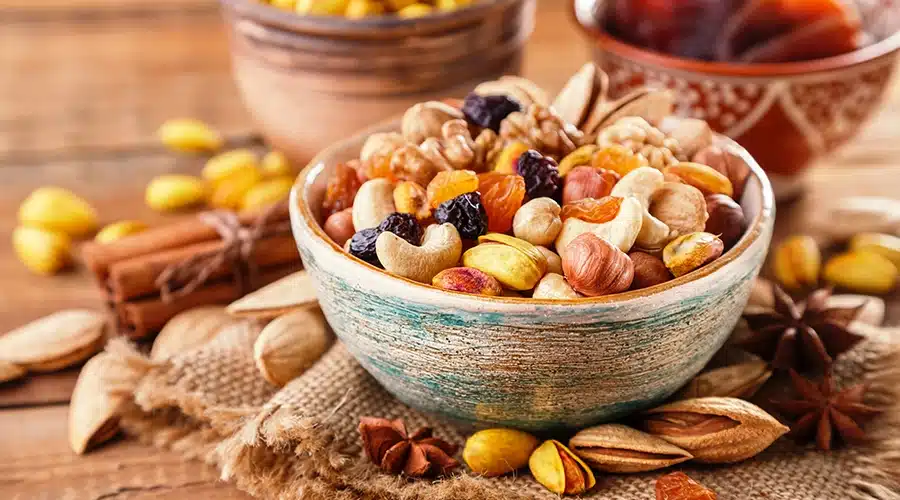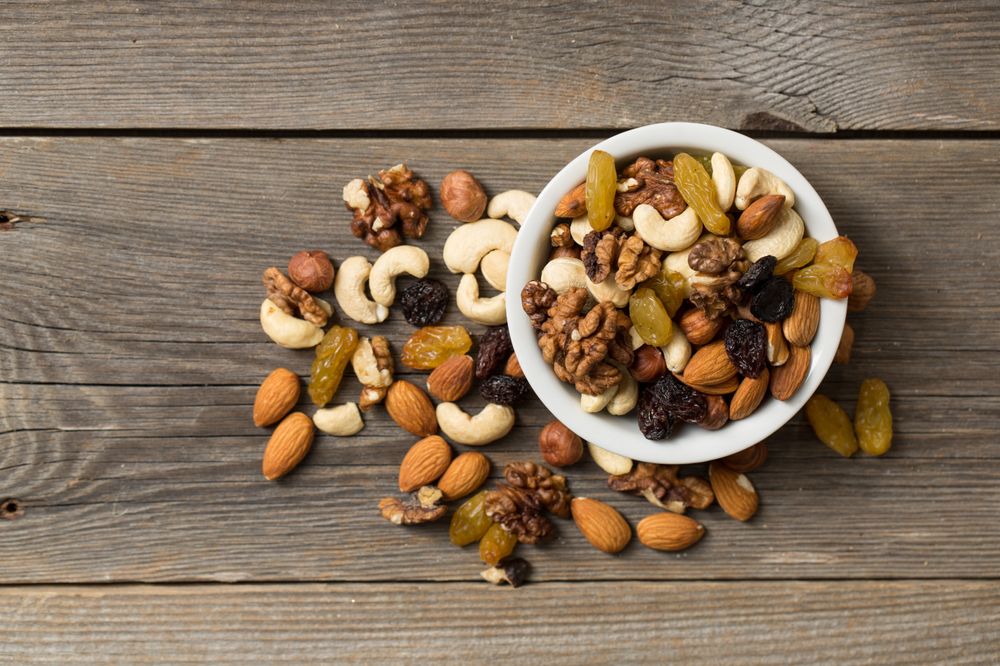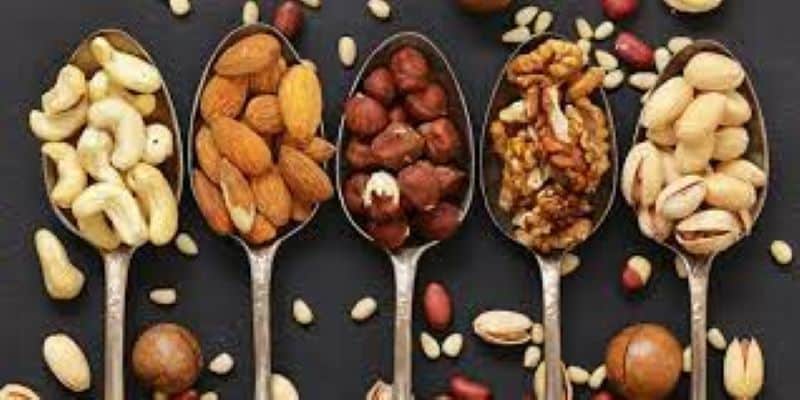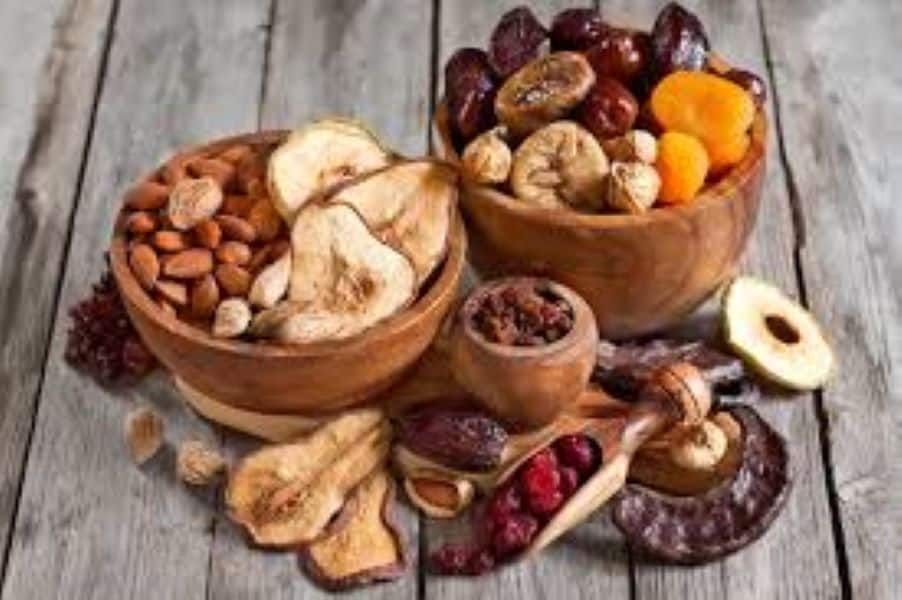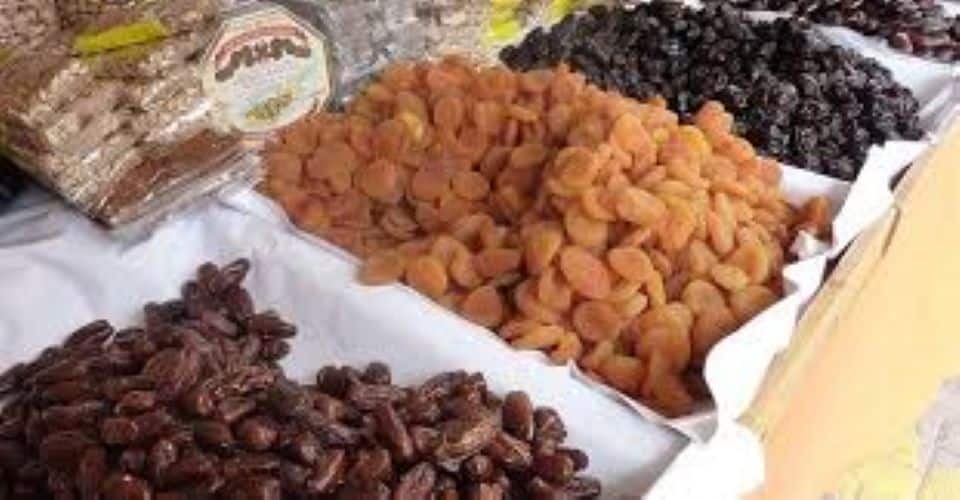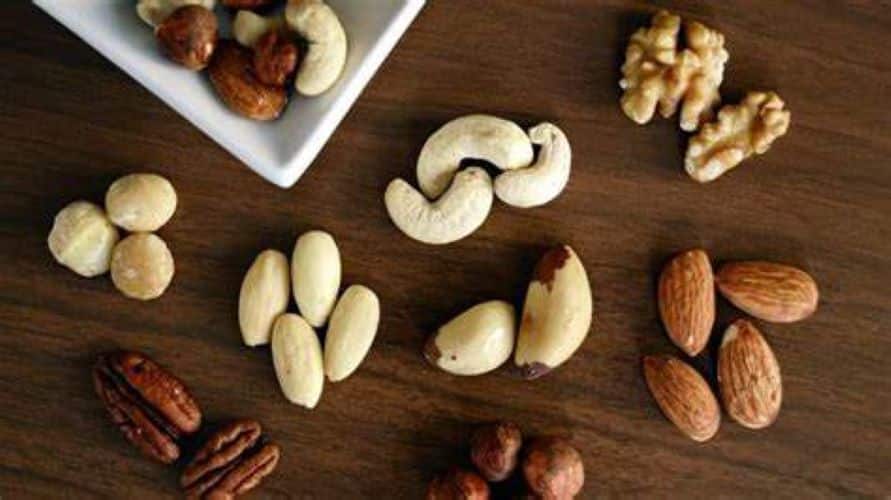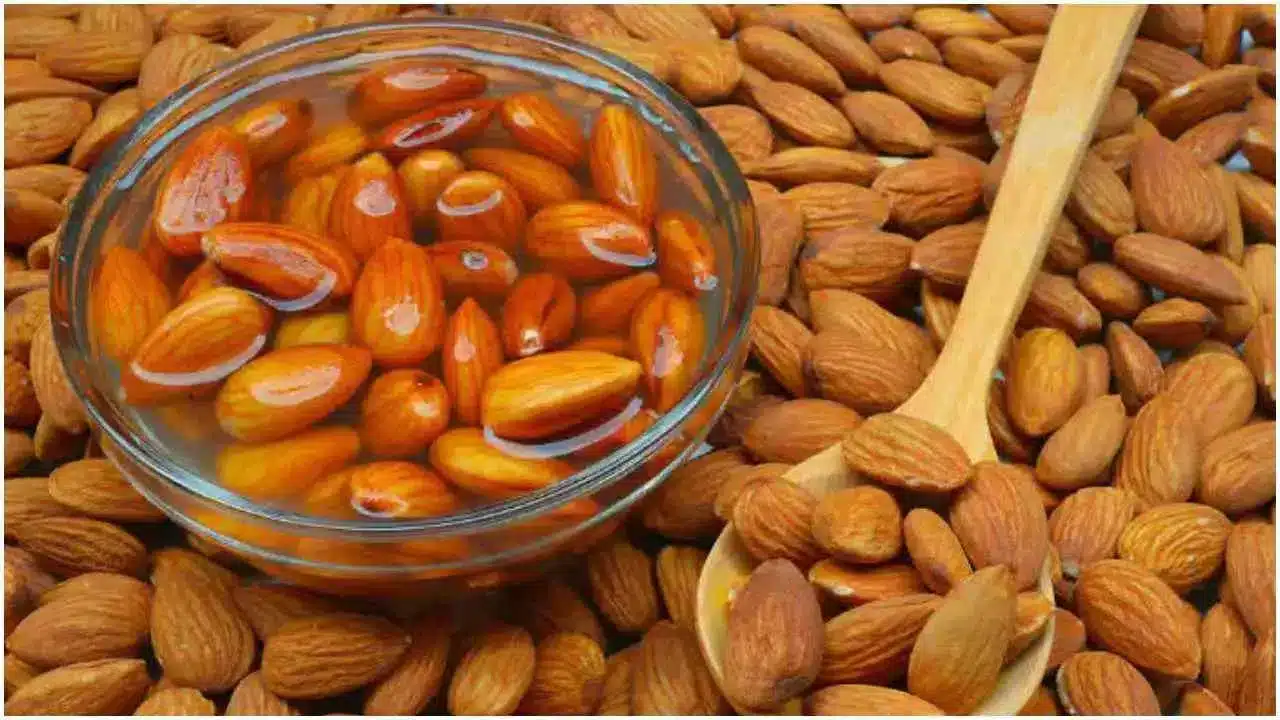Blog
Which is the best Dry Fruit to eat?
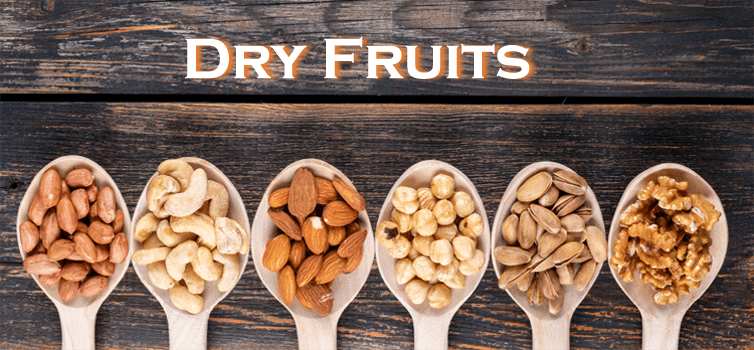
There are many types of dry fruits available. Some are good for your health and some are not so good. So, before buying any type of dry fruit make sure that you read this article and know which is the best dry fruit to eat.
Almonds
Almonds are a good source of protein, vitamin E and magnesium. They have a low glycemic index (which means they won’t cause your blood sugar to spike), are cholesterol-free, and can be enjoyed raw or roasted.
Pistachios
If you’re looking for a nut that’s rich in nutrients, look no further than pistachios. In fact, they are the most nutritious of all the nuts! Pistachios contain more protein than any other nut and they also contain high levels of fibre. They’re also an excellent source of antioxidants like vitamin E (which helps reduce inflammation) and phytosterols (which help lower cholesterol).
Pistachios are not just good for your health though; they taste great too! The flavour varies depending on where you buy them from but generally speaking they have a sweet taste with subtle hints of buttery or even citrusy notes at times depending on how fresh they are when you eat them.
Walnuts
Walnuts are the most nutritious of all the tree nuts. They’re rich in antioxidants, which help reduce the risk of heart disease and cancer. Walnuts contain more omega-3 fatty acids than any other nut, making them useful for maintaining healthy skin, hair and nails.
Cashews
Cashews are the seeds of a fruit from the cashew tree. They are high in fat and calories, as well as protein, fiber and iron. Cashews are also a good source of magnesium, potassium and zinc.
In addition to these nutrients that may help you live longer or healthier lives (and thus improve your overall happiness), they’re also delicious!
Hazelnuts
Hazelnuts are rich in Vitamin E and are a good source of protein, fiber, and omega-3 fatty acids. They also contain Vitamin E which is an antioxidant that helps protect cells from damage caused by free radicals. Hazelnuts are high in monounsaturated fats (the “good” kind of fat) which can help lower cholesterol levels in your blood stream by reducing LDL cholesterol levels while increasing HDL cholesterol levels. The high amount of protein found in hazelnuts may help you feel fuller longer after eating them so that you don’t overeat later on!
I hope this article has helped you to decide which type of dry fruit is right for you. If you are looking for something sweet, then almonds and pistachios are the best option. If on the other hand, you want something more savoury then walnuts or cashews might be better suited.
Frequently Asked Questions about Dry Fruits for Weight Loss:
- Are dry fruits effective for weight loss?
- Yes, dry fruits can be effective for weight loss when consumed in moderation as part of a balanced diet. They are nutrient-dense and can provide satiety, helping you to stay full for longer.
- Which dry fruits are low in calories?
- Some dry fruits that are low in calories include apricots, apples, strawberries, and grapefruit. Remember to check serving sizes and consume them in moderation.
- Can dry fruits help in reducing belly fat?
- Dry fruits alone cannot specifically target belly fat reduction. However, incorporating a healthy and balanced diet that includes dry fruits can contribute to overall weight loss, including reduced belly fat.
- Is it better to consume whole dry fruits or as a juice for weight loss?
- It is preferable to consume whole dry fruits instead of their juice form for weight loss. Whole dry fruits contain more fiber and have a higher satiating effect, while juice may be higher in calories and lack the fiber content.
- How many dry fruits should I eat per day for weight loss?
- The recommended serving size of dry fruits for weight loss is generally around 1 ounce or a small handful (approximately 28 grams) per day. However, it is important to consider individual caloric needs and consult with a nutritionist for personalized recommendations.
- Can I gain weight by eating too many dry fruits?
- While dry fruits are nutrient-dense, they are also calorically dense. Consuming excessive amounts of dry fruits without considering overall caloric intake can contribute to weight gain. Moderation is key.
- Can I eat dry fruits while following a low-carb diet for weight loss?
- Some dry fruits, such as berries and avocados, are relatively low in carbohydrates and can be included in a low-carb diet for weight loss. However, it is important to account for their carb content and consider overall macronutrient balance.
- Are there any risks associated with consuming too many dry fruits for weight loss?
- Eating large quantities of dry fruits may lead to excess calorie intake, which can hinder weight loss efforts. Additionally, some dry fruits have a higher natural sugar content, so those with diabetes or blood sugar concerns should be cautious and monitor their intake.
- Can dry fruits be a part of a healthy snacking routine for weight loss?
- Yes, dry fruits can be a healthy snacking option for weight loss. They provide a combination of fiber, vitamins, minerals, and antioxidants. However, it’s important to be mindful of portion sizes and choose unsweetened varieties whenever possible.
- What are some creative ways to incorporate dry fruits into meals for weight loss?
- Dry fruits can be added to various meals and snacks, such as oatmeal, salads, yogurt, smoothies, and homemade energy bars. However, it is important to control portion sizes and consider the overall caloric content of the meal or snack.



